Afghanistan has a rich culinary history that reflects the country’s diverse culture and traditions. I find Afghan recipes to be a delightful blend of flavors and textures, making each dish a wonderful experience. From savory rice dishes like Kabuli pulao to sweet pastries, these recipes showcase the unique ingredients and cooking methods that have been passed down through generations.
As I explore Afghan cuisine, I discover how it is influenced by its geographical location, nestled between various countries. This blend of influences creates an exciting variety of dishes that are not only delicious but also tell a story of the land and its people. The recipes are often simple yet fulfilling, perfect for family meals or special occasions.
I invite you to join me on this culinary journey through Afghanistan. Together, we’ll discover how to make some of the most cherished Afghan dishes and the traditions behind them. Each recipe is an opportunity to connect with a different culture and enjoy a taste of Afghanistan in your own home.
What Makes Afghan Recipes Unique
Afghan recipes stand out for their blend of flavors and rich heritage. I find the use of spices and herbs quite fascinating. Dishes like Kabuli Pulao bring together rice, lamb, and a mix of spices that showcase the country’s diverse influences.
One unique feature is the variety of dumplings. I love Aushak and Mantu, both filled with savory ingredients. Aushak has a delightful mix of spring onions and is served with creamy yogurt, while Mantu often contains spiced meat.
Vegetables also play a big role. Take Borani Banjan, a delicious dish made with eggplant and topped with a fresh sauce. This shows how Afghan recipes emphasizes fresh ingredients.
Stews like Qorma are comforting and hearty. They often include meat and a variety of vegetables, simmered to perfection.
Moreover, Bolani is a popular stuffed flatbread that I enjoy. It can be filled with potatoes or leeks, making it a great snack or side dish.
Afghanistan’s flavors reflect both Middle Eastern and South Asian influences. This blend gives each dish a unique taste that tells a story of the land and its people. Exploring Afghan cuisine is like discovering a treasure trove of recipes that connect history, tradition, and culture.
How Can I Make My Afghan Recipes Taste Authentic
To recreate authentic Afghan flavors, I focus on using fresh ingredients. Fresh vegetables, spices, and herbs make a big difference in taste.
Key Ingredients to Use:
- Basmati Rice: This is essential for many Afghan recipes, especially pulao.
- Spices: Cumin, coriander, and turmeric are must-haves. I love adding cardamom for extra warmth.
- Herbs: Fresh cilantro and mint enhance the flavor of my dishes.
I often choose slow-cooking techniques. Cooking meat and stews slowly allows the flavors to meld beautifully. For example, preparing lamb with spices in a slow cooker makes it tender and flavorful.
When making dumplings like aushak, I fill them with fresh leeks and spices. Topping them with a rich meat sauce and yogurt adds creaminess and depth.
I also pay attention to presentation. Afghan meals are often a feast for the eyes. Arranging foods on a large platter encourages sharing.
Lastly, I embrace the culture of hospitality. When serving, I always invite friends and family to join. This makes the meal feel authentic and warm.
By focusing on these tips, I can bring a taste of Afghanistan into my kitchen.
What Special Ingredients Do Afghan Recipes Require
When I think of Afghan recipes, a mix of unique ingredients comes to mind. Rice is a staple, often served with various meats and rich sauces.
Spices play a huge role in flavoring, with garam masala being a common blend. I also enjoy using coriander powder and cardamom for their aromatic qualities.
Yogurt is another essential ingredient. It’s used in sauces and as a side dish, adding creaminess. I love the taste of Afghan yogurt sauce and cilantro chutney.
Lamb and mutton are frequently featured in meals. They’re often marinated with ginger garlic paste and spices before cooking. Beef is also popular, usually in dishes where it’s slow-cooked.
Onions and garlic are my go-to bases for many recipes. They add depth and enhance the flavors significantly.
I like to incorporate vegetables like spinach and pumpkin into my dishes. They add color and nutrition.
Fruits add a sweet note, with raisins, pomegranates, and fresh melons being popular choices. I often include nuts for crunch, too.
Lastly, I can’t forget about the importance of salt and cooking oil. They are essential for seasoning and cooking everything to perfection.
These ingredients help create the rich, diverse flavors of Afghan food that I love.
What Specialized Equipment Is Needed For Afghan Recipes Cooking
When I cook Afghan recipes, I rely on some essential tools to get the best results. Here are some items I find useful:
- Pressure Cooker: This helps to cook lentils and beans quickly. It’s a must-have for many traditional dishes.
- Sutak: A thick cotton cover used over rice pots. It keeps the rice warm and helps it steam properly.
- Baking Stone or Pan: Perfect for making naan. It gives the bread a nice texture and flavor.
- Heavy Pots: I use large, heavy pots for stews and slow-cooked dishes. They distribute heat evenly.
- Wood or Metal Skewers: Ideal for making kebabs. I love grilling meat or vegetables on skewers.
- Mixing Bowls: I keep a set of bowls for mixing spices and ingredients. It’s handy to have various sizes.
- Spice Grinder: Freshly ground spices make a big difference. I often grind coriander and cumin for better flavor.
These tools help me embrace the rich flavors of Afghan recipes. They make the cooking process easier and more enjoyable!
16 Amazingly Easy Afghan Recipes
1. Afghani Bolani Recipe
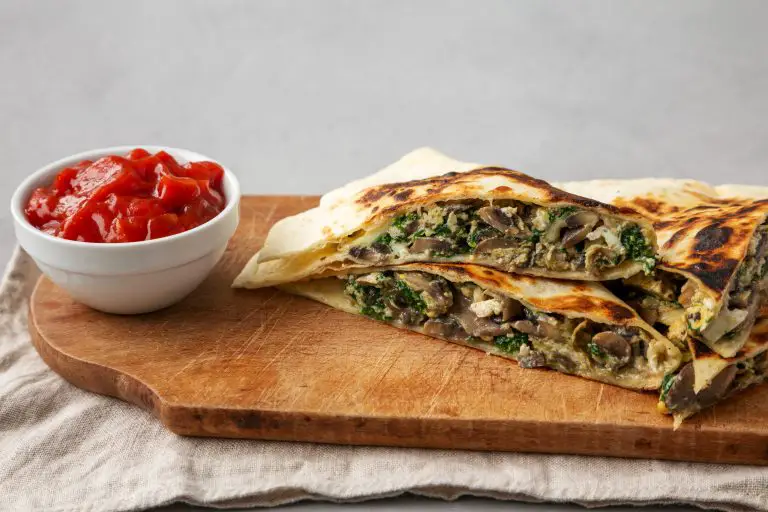
We were introduced to the Afghani Bolani recipe as we wandered through the vibrant markets of Kabul. One thing that stood out was how easy it was to find street vendors offering this dish. We were excited to taste it for the first time and managed to strike up a conversation with a local vendor who shared the recipe with us. The experience wasn’t just about the food, but also about the rich cultural exchanges we had while there. We could sense the history behind the recipe, and it added depth to the whole experience.
When the Afghani Bolani recipe was served, it had a beautifully crisp exterior, folded over, with a slight golden-brown color. Although we focused less on the details of the food and more on the atmosphere around us, it was hard not to appreciate the effort that went into preparing the dish. It had a distinct smoky flavor, and the balance between the filling and the exterior was easy-to-use in its simplicity. Trying the Afghani Bolani recipe at a local vendor’s stall made the experience even more meaningful.
2. Afghani Chicken Kebab Recipe
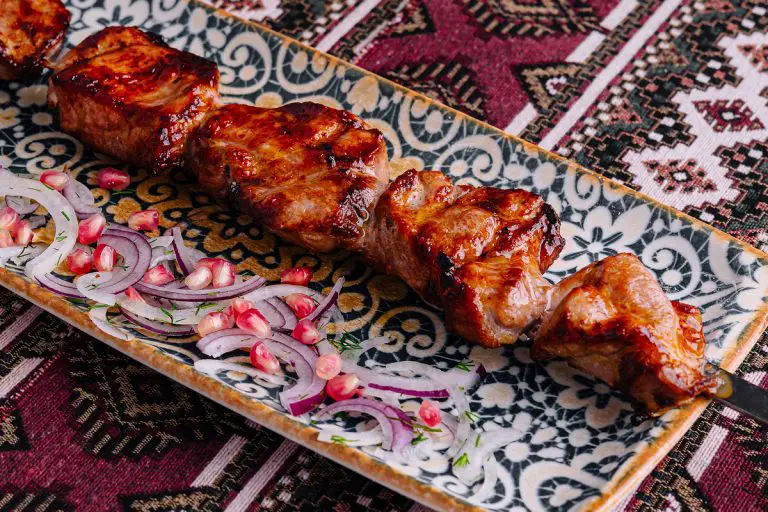
We tried the Afghani Chicken Kebab recipe on a leisurely afternoon in Afghanistan. We found ourselves enjoying a dish that perfectly captured the essence of local street food. The experience went beyond just tasting the food; it was about engaging with the locals and experiencing a slice of daily life in Afghanistan. The Afghani Chicken Kebab recipe was not only a treat for our taste buds but also a window into Afghan culture.
The Afghani Chicken Kebab recipe we tried was visually appealing, with the kebabs perfectly grilled to a golden-brown finish. Each skewer was beautifully presented with chunks of chicken that looked tender and juicy. The aroma of the kebabs was enticing, and you could see the meticulous care that went into grilling them. We were fascinated by the way the kebabs were served, accompanied by a side of fresh salad and naan. It was clear that the preparation of the Afghani Chicken Kebab recipe was done with a lot of pride and attention to detail.
3. Afghani Pulao Rice Recipe
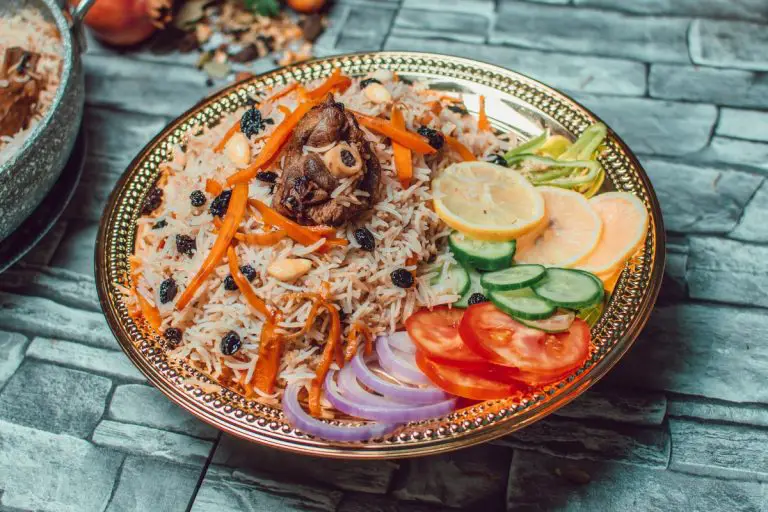
Our first try of the Afghani Pulao Rice recipe was on an exploration that led us to a small, bustling restaurant where the became the highlight of our culinary journey. The restaurant we visited was a local gem, offering an authentic taste of Afghan cuisine that truly captured our attention. From the moment we walked in, it was clear that this place was special, not just for its food but also for the warm welcome we received from the locals. The Afghani Pulao Rice recipe, known for its rich and fragrant qualities, was a highlight of our culinary adventure.
The Afghani Pulao Rice recipe we tried was a visual and sensory delight. Served in a large, communal dish, the rice had a golden hue from the saffron, flecked with colourful bits of dried fruit and nuts. Each grain was perfectly cooked, fluffy, and separated, displaying the skill and care that went into its preparation.
4. Chicken Afghani Curry Recipe

We had the opportunity to try the Chicken Afghani Curry recipe on our trip. It was a standout experience. As we explored the local dining scene, we came across a restaurant celebrated for its authentic approach to Afghan cuisine. The Chicken Afghani Curry recipe we sampled there was a true testament to the region’s cooking traditions and offered a unique insight into local food culture.
The appearance of the Chicken Afghani Curry recipe was captivating. The curry was rich and thick, with a deep, inviting colour that hinted at the complexity of its taste. The dish featured tender chunks of chicken simmered in a creamy sauce, which was generously garnished with fresh herbs. The curry was served alongside a generous portion of rice, making for a well-balanced and appealing presentation. The overall look of the Chicken Afghani Curry recipe was both appetising and indicative of the care that went into its preparation.
5. Afghan Biscuits Recipe

The Afghan Biscuits recipe became a highlight of our exploration during our trip to Afghanistan. As we wandered through the local markets, we stumbled upon a bakery known for its traditional treats. The Afghan Biscuits Recipe was a highlight of our recent trip to Afghanistan. While exploring the local markets, we stumbled upon a small bakery that was well-known for its Afghan Biscuits recipe. These biscuits immediately caught our eye with their inviting golden-brown color and a delicate dusting of powdered sugar on top.
Afghan Biscuits recipe was a highlight of our recent trip to Afghanistan. While exploring the local markets, we stumbled upon a small bakery that was well-known for its Afghan Biscuits recipe. These biscuits immediately caught our eye with their inviting golden-brown color and a delicate dusting of powdered sugar on top.
6. Afghani Lavand e Murgh Recipe

Afghanistan Lavand e Murgh recipe was one of the standout dishes we tried on our trip to Afghanistan. While wandering through the vibrant streets of Kabul, we came across a small, unassuming restaurant known for its Afghanistan Lavand e Murgh recipe. The moment we saw the dish on the menu, we knew we had to try it.
The Afghanistan Lavand e Murgh recipe is visually striking, with its rich, dark sauce coating the tender chicken pieces. The dish had a deep, inviting colour that suggested a complex taste, even though the presentation was straightforward. The chicken was served in generous portions, each piece appearing juicy and succulent. The sauce had a glossy sheen, indicating its slow-cooked perfection and careful preparation.
7. Afghani Malida Recipe
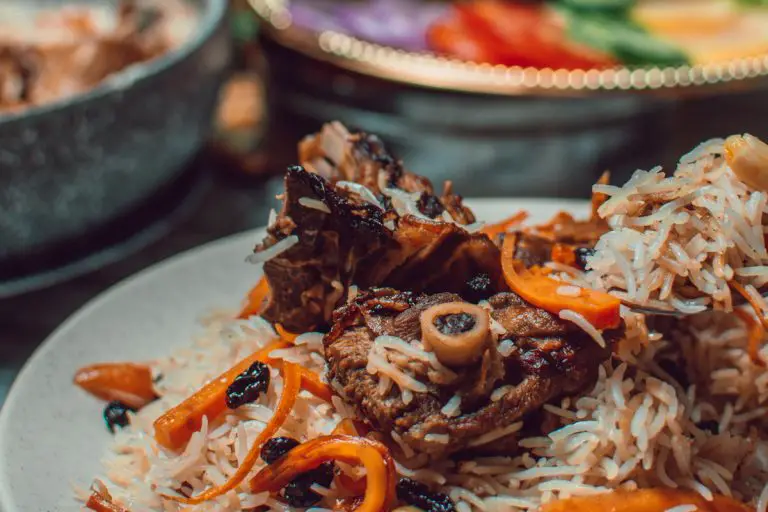
Afghanistan Malida recipe was a treat we were excited to try on our trip to Afghanistan. We came across a small, local restaurant that was famous for its Afghanistan Malida recipe. As soon as we saw it on the menu, we knew we had to give it a go. The Afghanistan Malida recipe is a type of dessert made with crushed wheat and a sweet syrup. When it arrived at our table, it looked simple but appealing. The dish had a golden brown colour, and you could see the tiny bits of wheat mixed with the syrup. It wasn’t overly sweet but had a nice balance of taste.
What made this experience special was not just the food but getting to see the local way of life. We had the chance to chat with some locals who shared a few tips about the Afghanistan Malida recipe. They were happy to explain how this traditional dish is prepared and even gave us a few pointers. Getting the recipe from them was a highlight of our visit. It felt like we were part of something special and got a deeper understanding of Afghan cuisine.
8. Afghani Kaddo Recipe
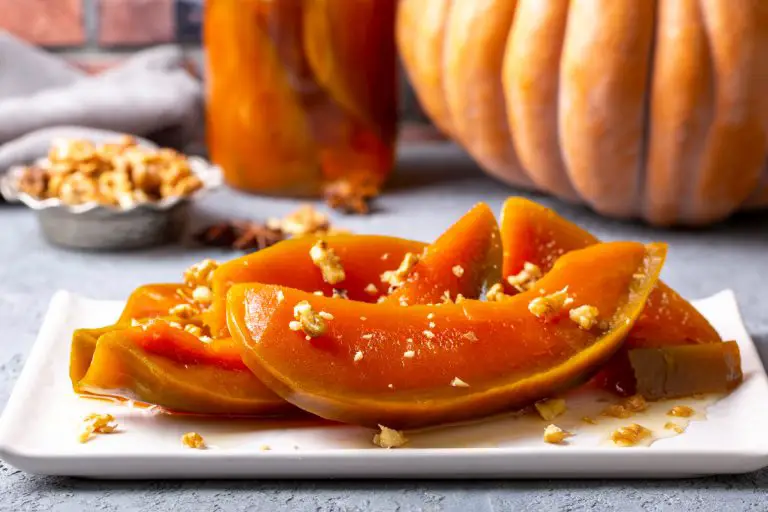
Afghanistan Kaddo recipe was a dish we were eager to try during our trip to Afghanistan. The Afghanistan Kaddo recipe is a traditional Afghan dish featuring cooked pumpkin. The restaurant where we sampled this dish had a reputation for its authentic Afghan cuisine.When the Afghanistan Kaddo recipe was served, it was clear that it was made with care. The pumpkin pieces were soft and coated with a sweet and tangy sauce. The dish had a golden-brown colour and was garnished with a sprinkling of spices. This recipe stood out for its balance of sweet and savory elements.
Our visit to the restaurant was memorable not just for the food but also for the opportunity to learn about Afghan cuisine from locals. We had a chance to chat with some people who shared insights into the Afghanistan Kaddo recipe. They explained how the dish is a common part of Afghan meals and provided us with a copy of the recipe. It was great to see how the Afghanistan Kaddo recipe is prepared and enjoyed in its country of origin.
9. Dhoog Afghani Recipe

The Dhoog Afghani recipe is a traditional Afghan yogurt drink that we drank often during our trip to Afghanistan. This recipe is known for its refreshing taste and is often served as a cool, calming beverage in Afghan cuisine. The Dhoog Afghani recipe typically features a blend of yogurt, water, and spices.
When we tried the Dhoog Afghani recipe, it was clear that it was made from high-quality ingredients. The drink had a smooth texture and a pale, creamy colour. It was served chilled, which made it particularly refreshing, especially in the warm weather. The spices added to the Dhoog Afghani recipe gave it a unique taste that we hadn’t experienced before.
Our visit to the restaurant where we tried the Dhoog Afghani recipe was quite an experience. The people there were very welcoming and eager to share their knowledge about Afghan cuisine. We discussed the Dhoog Afghani recipe with some locals who explained how it is commonly enjoyed in Afghanistan. They even shared the recipe with us, which was a great souvenir from our trip.
10. Afghani Bolani Katchalu Recipe
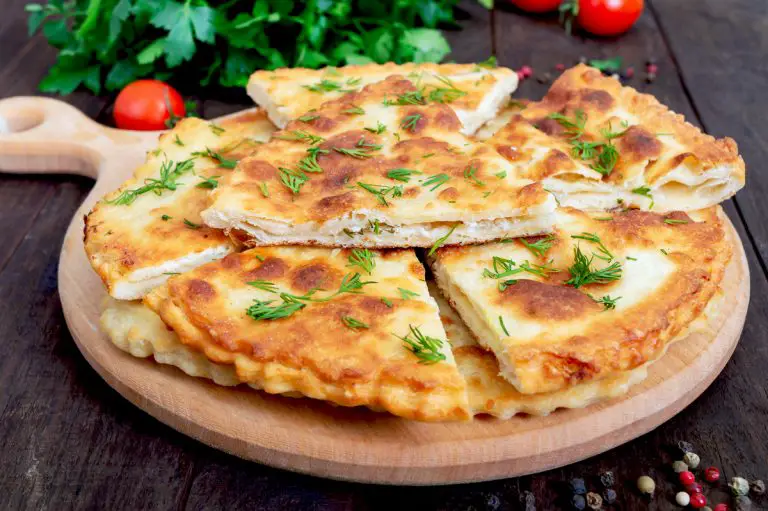
The Bolani Katchalu recipe is a traditional Afghan dish that we had many time during our visit to Afghanistan. This recipe involves a type of stuffed flatbread, which is known for its unique filling and crispy texture.
When we ordered the Bolani Katchalu recipe at a local restaurant, it arrived as a neatly folded flatbread with a golden-brown crust. The Bolani Katchalu recipe had a generous filling that was visible through the edges. The dish was served hot, and the crust had a pleasing crunch when bitten into. The filling was well-seasoned, adding a distinctive taste that complemented the bread nicely.
Experiencing the Bolani Katchalu recipe in Afghanistan was a highlight of our trip. The people we met were enthusiastic about sharing their local dishes, and they were keen to explain how the Bolani Katchalu recipe is enjoyed in different settings. They provided us with a copy of the recipe, which was a fantastic way to remember our visit and recreate the dish at home.
11. Afghani Kabuli Pulao Recipe
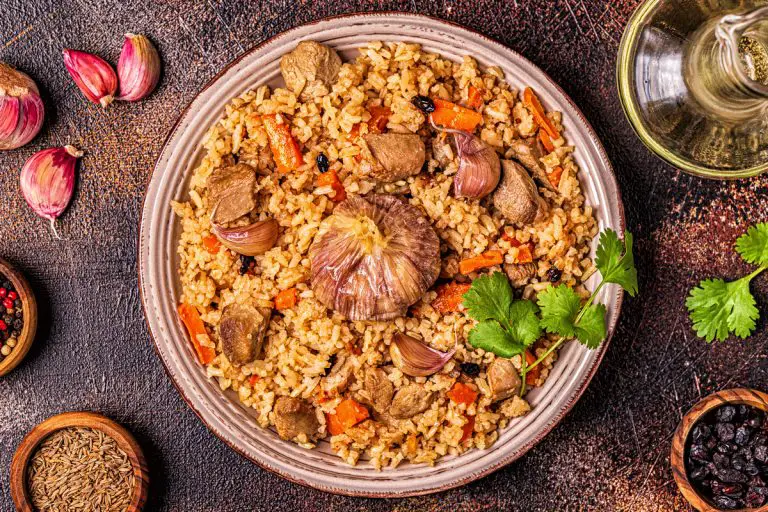
Kabuli Pulao recipe was a memorable highlight of our trip to Afghanistan. This dish, known for its combination of rice, meat, and spices, stood out during our visit. The first thing we noticed about the Kabuli Pulao recipe was its vibrant appearance. The rice was fluffy and separated perfectly, while the pieces of meat were tender and well-cooked.
When we tasted the Kabuli Pulao recipe, we were struck by the balance of flavours. The dish had a mix of spices that weren’t overwhelming but added just the right amount of warmth. Raisins and nuts on top provided a sweet and crunchy contrast, which was a pleasant surprise. The presentation of the Kabuli Pulao recipe was inviting, with the ingredients arranged in a way that made the dish look as good as it tasted.
The restaurant where we tried the Kabuli Pulao recipe was an essential part of the experience. The place had a relaxed atmosphere, allowing us to fully enjoy our meal and soak in the local culture. The people we met were welcoming and shared stories about the dish and its significance in Afghan cuisine.
12. Afghani Lubya Recipe
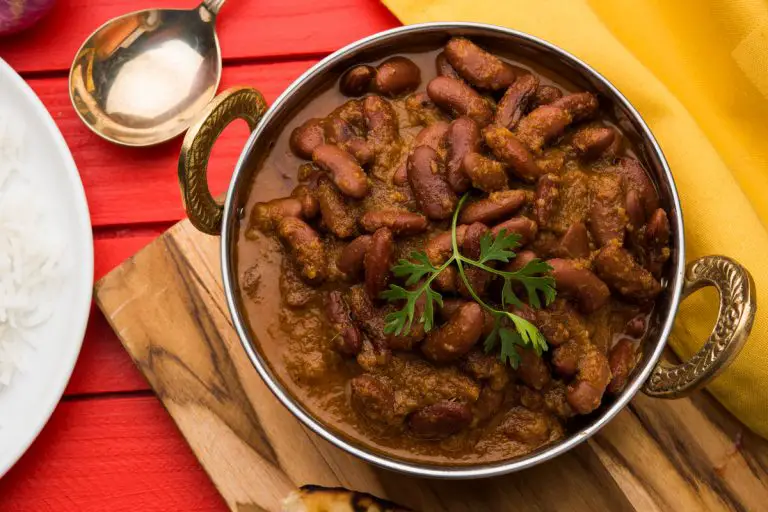
The Afghan Lubya recipe was something we encountered during our trip that quickly became one of our favourite dishes. This dish, made with red kidney beans, had a simple yet hearty appeal. The Afghan Lubya recipe stood out due to its rich, tomato-based sauce. The beans were tender, and the deep red colour of the dish was inviting, served alongside soft, fluffy naan bread.
When we tasted the Afghan Lubya recipe, we noticed the beans had absorbed the sauce’s full flavour. There was a hint of warmth from the spices, but nothing overpowering. The texture of the dish was smooth, and the sauce clung to the beans perfectly. The combination of beans and spices created a balance between the heartiness of the legumes and the slightly tangy tomato base.
13. Afghani Borani Banjan Recipe
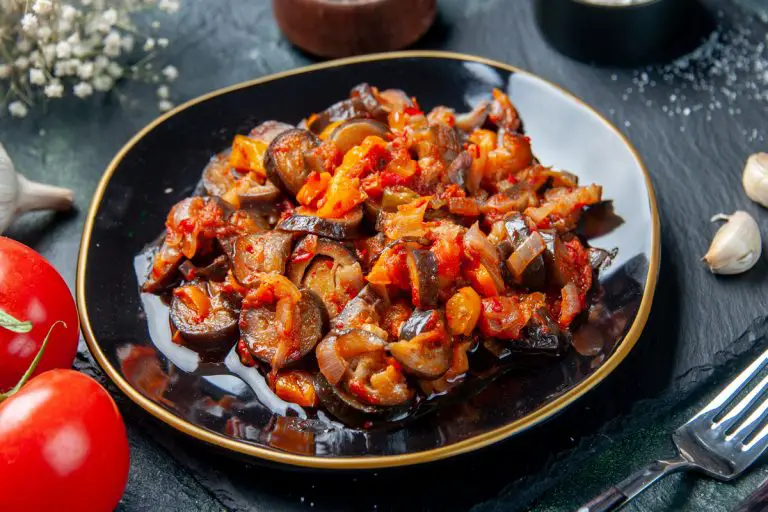
The Afghani Borani Banjan recipe was one of the dishes we decided to try during our trip. This dish featured eggplant, topped with yogurt, and had a red tomato sauce. The eggplant was soft, and the yogurt had a thick texture. The Afghani Borani Banjan recipe stood out because of the combination of flavors and the simple way it was presented.
We focused more on tasting the food than on the surroundings. The Afghani Borani Banjan recipe had a mild appearance, with contrasting colors from the yogurt and the sauce. The layers of eggplant made it easy to eat and straightforward. It wasn’t an elaborate meal but more about the quality of ingredients. The dish was served warm, with the yogurt adding a cool contrast.
We asked around for the Afghani Borani Banjan recipe, and we were able to get it during the meal. It didn’t take long to gather details on how it’s made. Trying the Afghani Borani Banjan recipe helped us understand more about the Afghan food. Each bite had a uniform taste and soft texture, without being overly complex. The yogurt provided a creamy balance to the tender eggplant and tomato sauce.
14. Afghan-Style Pumpkin Recipe with Yogurt Sauce

The Afghan-Style Pumpkin With Yogurt Sauce recipe was a dish we tried during our visit to Afghanistan. We were drawn to the unique combination of flavors and the presentation of the dish. The pumpkin had a tender, soft texture, and the yogurt sauce gave it a creamy finish. The contrast between the bright orange pumpkin and the white yogurt was visually striking, though we were more interested in experiencing the dish than focusing on its appearance. The Afghan-Style Pumpkin With Yogurt Sauce recipe was simple, but it left a strong impression on us.
While eating, we inquired about the Afghan-Style Pumpkin With Yogurt Sauce recipe to take home. The person we spoke to was happy to share the recipe, giving us a detailed account of how it is typically made. The dish itself was modest in presentation, with the focus clearly on the pumpkin and the yogurt sauce, which added a refreshing balance to the sweetness of the pumpkin. It was served without much fanfare, making the meal feel relaxed and uncomplicated.
15. Afghani Aushak Recipe
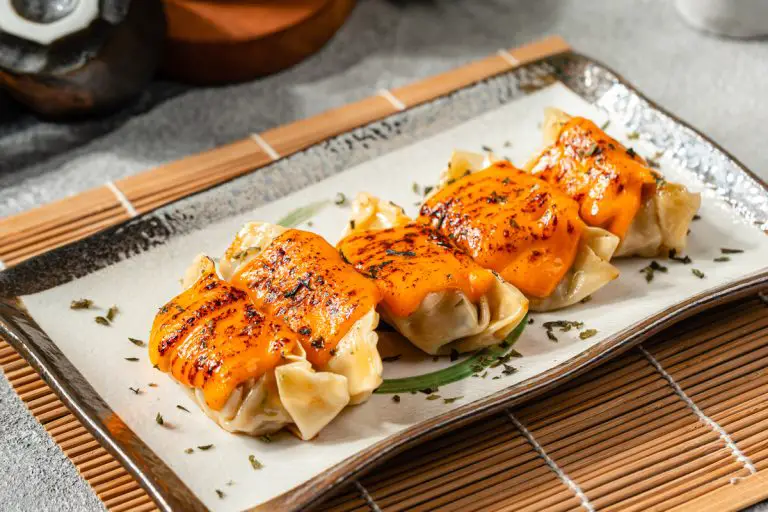
The Afghan Aushak recipe was one of the standout dishes we tried on our trip. The dish consists of dumplings filled with a light filling, often topped with various sauces that give it a smooth and creamy texture. When served, the dumplings had a soft, delicate appearance, with a thin layer of dough encasing the filling. The sauces provided a contrast in color, adding visual appeal to the plate. Overall, the Afghan Aushak recipe focused on the balance between the softness of the dumpling and the smoothness of the sauces.
During the meal, we were impressed by the makeup of the Afghan Aushak recipe. The dumplings were cooked to a precise level of tenderness, and the presentation was straightforward, letting the natural appearance of the dish shine through. The sauces were drizzled on top, blending smoothly into the dumplings, creating a harmonious visual and textural experience. It wasn’t a heavy dish, but the portion was generous enough to satisfy without being overwhelming. We specifically noted how the Afghan Aushak recipe balanced the soft texture of the dumpling with the richness of the sauce.
16. Afghan Chicken Recipe in Yogurt
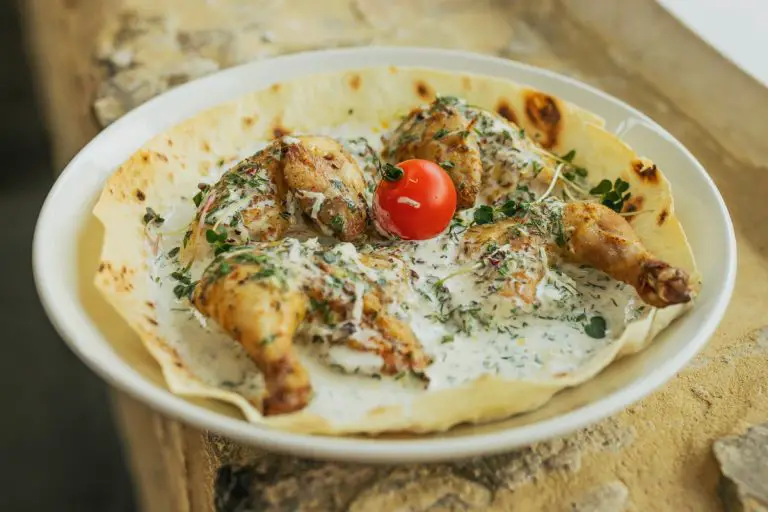
The Afghan Chicken in Yoghurt recipe was a simple dish we tried during our trip. It featured tender pieces of chicken, covered in a creamy yoghurt-based sauce. The dish had a smooth texture, with the yoghurt coating giving it a slightly thick appearance. The chicken was well-cooked, moist, and easy to cut into, while the sauce provided a glossy look to the dish. There was no unnecessary garnish, allowing the chicken and yoghurt to be the focus. The presentation of the Afghan Chicken in Yoghurt recipe was plain, with the dish placed simply on a plate, showing off the creamy consistency of the sauce.
We enjoyed how the Afghan Chicken in Yoghurt recipe was served with a straightforward appearance, relying on the natural look of the yoghurt sauce and the tender chicken. The sauce had a pale colour and coated the chicken without overpowering it, which made the dish feel light and easy to eat. It was not a complex recipe, but the balance between the chicken and the yoghurt sauce was noticeable. The Afghan Chicken in Yoghurt recipe also had a smooth texture, making it pleasant to eat without being too rich.

5 FAQ for the Traditional Afghan Recipes
Q: What are the key ingredients in a traditional Afghan recipe?
Traditional Afghani recipes often feature a mix of aromatic spices and ingredients such as rice, lamb, chicken, yogurt, chickpeas, and various vegetables. Common spices include cumin, coriander, cardamom, and saffron, which contribute to the distinct flavors of Afghan cuisine.
Q: How is Kabuli Pulao, a traditional Afghan recipe, prepared?
Kabuli Pulao, a traditional Afghani recipe, is prepared by layering cooked rice with a mixture of lamb or chicken, carrots, raisins, and a blend of spices. The dish is then baked to allow the flavors to meld together, resulting in a fragrant and flavorful meal.
Q: What makes traditional Afghan recipes unique?
Traditional Afghani recipes are unique due to their use of diverse and rich ingredients that reflect the country’s history and geography. The combination of Middle Eastern, Persian, and Indian influences, along with local herbs and spices, creates complex and distinctive flavors.
Q: Are traditional Afghan recipes typically spicy?
Traditional Afghani recipes are not typically very spicy. They emphasize aromatic spices and balanced flavors rather than heat. However, dishes can be adjusted to taste by adding more or less of certain spices to suit individual preferences.
Q: Can traditional Afghan recipes be adapted for vegetarian diets?
Yes, traditional Afghani recipes can be adapted for vegetarian diets. Many dishes, such as Sabzi (spinach stew) or Borani Banjan (eggplant with yogurt), are naturally vegetarian or can be modified to exclude meat while maintaining the authentic flavors of Afghan cuisine.
